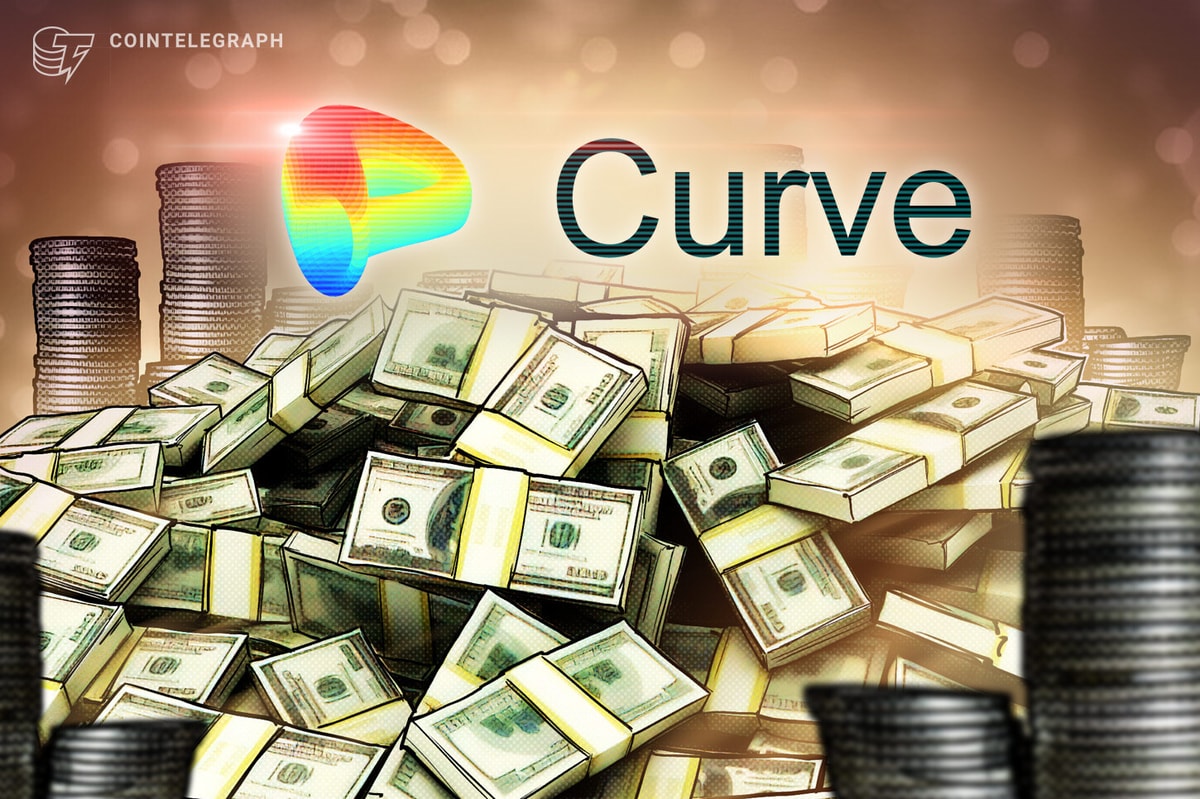This Tuesday, the CEO and Founder of Meta, Mark Zuckerberg and Angela Cheng, the Quest Product Team Lead, announced a series of Horizon updates and partnerships, securing the firm with a roadmap that heavily favours virtual meetings and remote communications.
Keeping in line with its announcement of the Meta Quest Pro at Connect 2022, the Menlo Park-based firm is introducing new tools to encourage immersive connectivity, productivity, and collaboration.
Zoom Integration for Greater Digital Conferencing
Starting with Facebook Messenger and Whatsapp, Meta is adding an avatar video call feature that enables users to conduct a call using their custom-made avatar instead of sharing their video feed.
Zuckerberg said,
“I think avatars in video chat are going to be this third mode between video on and video off. You can still express yourself and create. But you’re not on camera. It’s like a better camera off mode”
During the event, Meta announced that it is working with the video conferencing platform Zoom to test out its avatar mode in workplace settings.
Cheng said,
“This is another reason why the Quest Pro is a big step forward for communication, including for work. more people work in distributed teams now and being able to share a space with your co-workers and feel like you’re really together is still missing”
The firm is also introducing Microsoft Office integration into its ecosystem of immersive work applications, greatly heightening the service’s enterprise abilities.
Meta is also designing new consumer-facing Metaverse experiences in collaboration with NBCUniversal, a significant media brand already working in the Web3 space.
Additionally, Meta, in collaboration with accessories partner Ray Ban, is working on augmented reality (AR) portals that enable users to access the Horizon Metaverse via the Ray-Ban Stories device.
New Avatar SDK
Meta is also significantly improving its Avatar system. The firm wants to increase feelings of social presence within its Metaverse platform. To achieve this, Meta is introducing a trove of new avatar technologies.
Movement SDK is a new system that transforms a user’s expressions into avatar gestures. Meta currently uses spatial audio and immersive graphics to power its avatars, but soon Meta is adding facial and body language for more realistic virtual meetings.
During his Horizon-based keynote, the CEO introduced legs for Horizon avatars to massive virtual applause. He added that the improved avatars significantly heighten immersive remote communications.
The firm is rolling out its avatar creation tools on desktop, headsets, and mobile later this year. Also, the firm is distributing its tools on Android and iOS devices via Unity. Furthermore, Meta plans to add Unreal compatibility to its ecosystem.
Horizon comes with a freshly updated marketplace function that enables users to purchase inoperable digital goods from independent designers or established brands.
How to Access Horizon Worlds
Meta designed Horizon exclusively for its Quest portfolio. The firm first launched the Metaverse service in the US and Canada in December last year – following that year’s Connect event. In June 2022, Meta also debuted the service to UK Quest users.
Meta built Horizon based on three separate VR applications: Worlds, Venue, and Workrooms. The three Metaverse services support independent use cases. It also unified the three services in May 2022 to create an online VR ecosystem where users can socialise, work and attend live events.
The service lets users quickly move between the three platforms via a series of immersive portals, which a user walks through to access Horizon’s trio of immersive services – Meta even presented its Connect 2022 event via a tailor-made immersive space on Horizon.
Content Creation on Horizon
The company designed Meta Horizon as a socially focused Metverse application which allows users to create and explore shared immersive environments.
During Meta Connect 2022, the firm introduced new tools from its Crayta acquisition, enabling developers to create inoperable XR content such as objects, avatars, and digital wearables.
A Quest Pro user can create multiple avatars to suit a specific use case. Users can also attach their digital representation to their Facebook, Instagram, and, in the near future, Whatsapp accounts.
The service provides its users with rich content creation tools for monetising Metaverse content on the platform, like environments, games, and items, despite their skill set.
Meta has many tools that encourage Metaverse content creation and monetisation, and currently charges fees of 25 percent for each developer’s design.
In April, Meta Platform’s Chief Technology Officer, Andrew Bosworth, explained that the charge is much lower than other similar world-building platforms.
How to Create Content Today
The service has various tools to assist with immersive content creation, including ready-to-use code snippets, pre-built object properties, pre-built sound effects, VR physics, and animation effects.
Users must access the application via a Meta Quest if they want to create content on Horizon. When inside the application, a user then needs to click on the three-line menu icon, choose “create,” then select “templates” and “new project.”
Horizon then automatically loads the user into an immersive environment where they can use Meta’s creation toolkit to design bespoke worlds.
Horizon is also building an extensive 3D asset library that enables creators at all skill levels to create a personalised Metaverse environment.
Read More: www.xrtoday.com









 Bitcoin
Bitcoin  Ethereum
Ethereum  Tether
Tether  XRP
XRP  Solana
Solana  USDC
USDC  Dogecoin
Dogecoin  Cardano
Cardano  TRON
TRON  Lido Staked Ether
Lido Staked Ether  Wrapped Bitcoin
Wrapped Bitcoin  Toncoin
Toncoin  LEO Token
LEO Token  Chainlink
Chainlink  Stellar
Stellar  USDS
USDS  Wrapped stETH
Wrapped stETH  Sui
Sui  Avalanche
Avalanche  Shiba Inu
Shiba Inu  Hedera
Hedera  Litecoin
Litecoin  MANTRA
MANTRA  Polkadot
Polkadot  Bitcoin Cash
Bitcoin Cash  Bitget Token
Bitget Token  Ethena USDe
Ethena USDe  WETH
WETH  Binance Bridged USDT (BNB Smart Chain)
Binance Bridged USDT (BNB Smart Chain)  Pi Network
Pi Network  Hyperliquid
Hyperliquid  Wrapped eETH
Wrapped eETH  WhiteBIT Coin
WhiteBIT Coin  Monero
Monero  Uniswap
Uniswap  Aptos
Aptos  Dai
Dai  Pepe
Pepe  NEAR Protocol
NEAR Protocol  sUSDS
sUSDS  OKB
OKB  Coinbase Wrapped BTC
Coinbase Wrapped BTC  Gate
Gate  Tokenize Xchange
Tokenize Xchange  Cronos
Cronos  Mantle
Mantle  Ondo
Ondo  Ethereum Classic
Ethereum Classic